By Michael Wilmington & Film Noir Blonde
The Noir File is FNB’s guide to classic film noir, neo-noir and pre-noir on cable TV. All movies below are from the schedule of Turner Classic Movies (TCM), which broadcasts them uncut and uninterrupted. The times are Eastern Standard and (Pacific Standard).
PICK OF THE WEEK
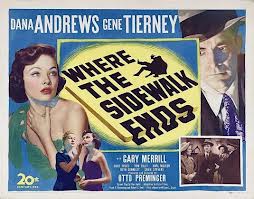 “Where the Sidewalk Ends” (1950, Otto Preminger). Thursday, Dec. 27, 1:15 a.m. (10:15 p.m.).
“Where the Sidewalk Ends” (1950, Otto Preminger). Thursday, Dec. 27, 1:15 a.m. (10:15 p.m.).
While investigating a murder, a smart but sometimes savage Manhattan police detective named Mark Dixon (Dana Andrews) accidentally kills an innocent suspect (Craig Stevens). Dixon tries to cover it up, but his relentless new boss Lt. Thomas (Karl Malden) keeps pushing the evidence toward an affable cabbie named Jiggs (Tom Tully). And Dixon has fallen in love with Jiggs’ daughter, model Morgan Taylor (Gene Tierney). Gary Merrill plays a crook/gambler.
Scripted by Ben Hecht from William Stuart’s book “Night Cry.” If you want to know what film noir is all about, check this one out.
Thursday, Dec. 27
8 p.m. (5 p.m.): “Black Widow” (1954, Nunnally Johnson). Crime among the Broadway elite, from one of Patrick Quentin’s mystery novels. Not much style, but the cast includes Van Heflin, Ginger Rogers, Gene Tierney, George Raft and Peggy Ann Garner.
4:30 a.m. (1:30 a.m.): “Night and the City” (1950, Jules Dassin). In shadow-drenched, dangerous London, crooked fight promoter Harry Fabian (Richard Widmark) double-crosses everyone he encounters as he tries to outrace the night. The night is faster. This is a top film noir, a masterpiece of style and suspense. From Gerald Kersh’s novel; with Gene Tierney, Herbert Lom, Francis L. Sullivan and Googie Withers.
Sunday, Dec. 30
8:15 a.m. (5:15 a.m.): “Bunny Lake is Missing” (1965, Otto Preminger). Bunny Lake is an American child kidnapped in London, Carol Lynley her terrified mother, Keir Dullea her concerned uncle, Anna Massey her harassed teacher, Noel Coward her sleazy landlord, and Laurence Olivier the brainy police detective trying to put the pieces of the puzzle together. The most important of those pieces: Was Bunny ever really there at all? A neglected gem; based on Evelyn Piper’s novel.
4 a.m. (1 a.m.): “Ministry of Fear” (1944, Fritz Lang). Ray Milland, just released from a British mental institution, wins the wrong cake at a charity raffle and becomes ensnared in a nightmarish web of espionage and murder. The source is one of novelist Graham Greene’s “entertainments.” Co-starring Marjorie Reynolds and Dan Duryea.
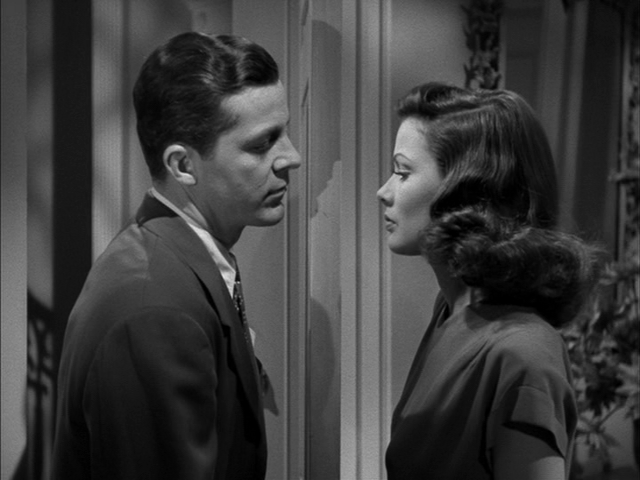





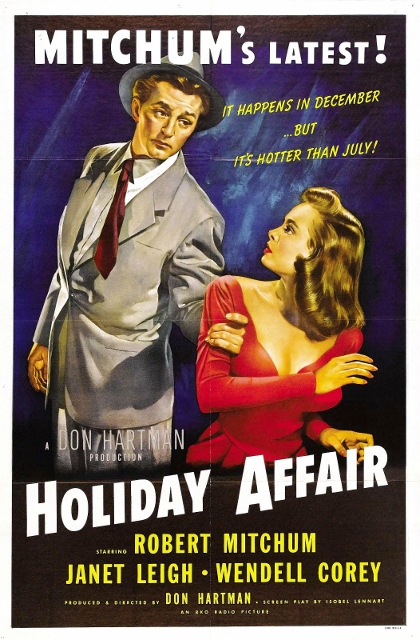
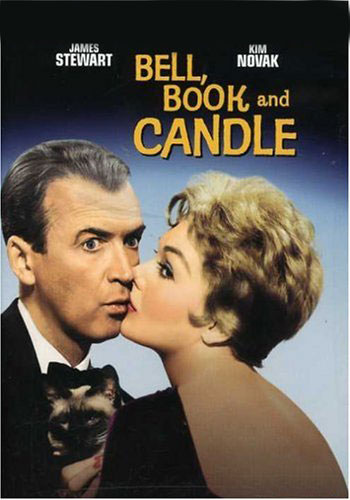
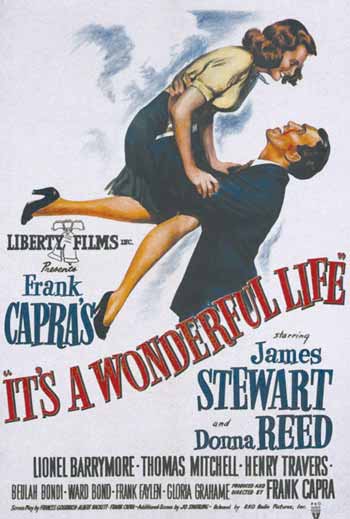


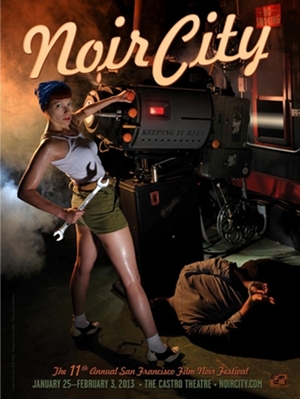
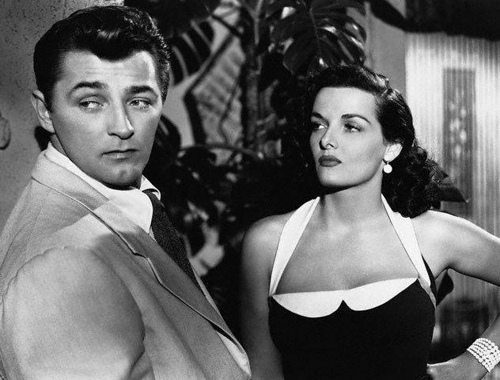
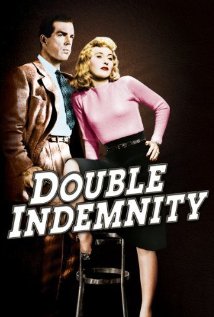
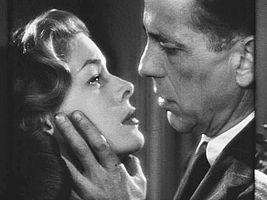
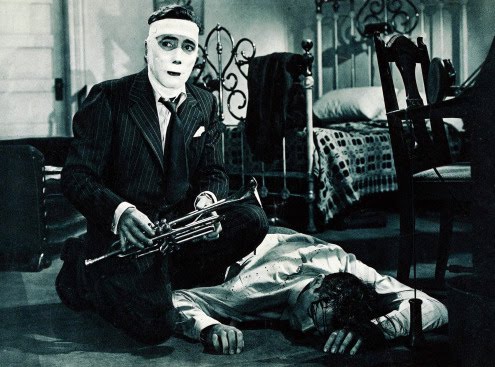
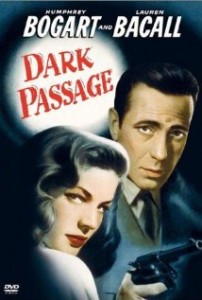

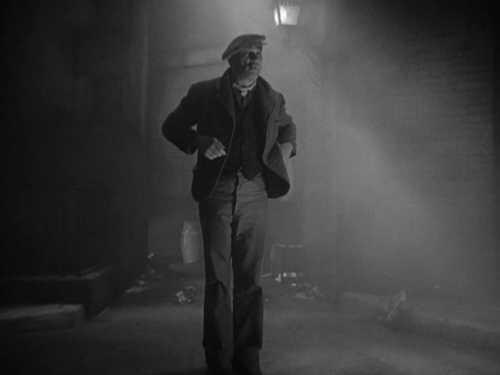
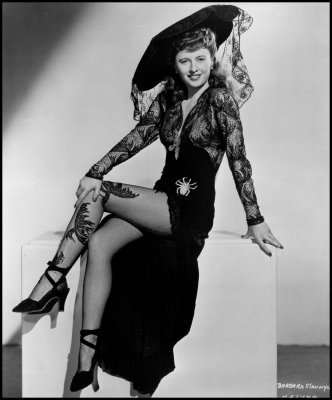





From FNB readers